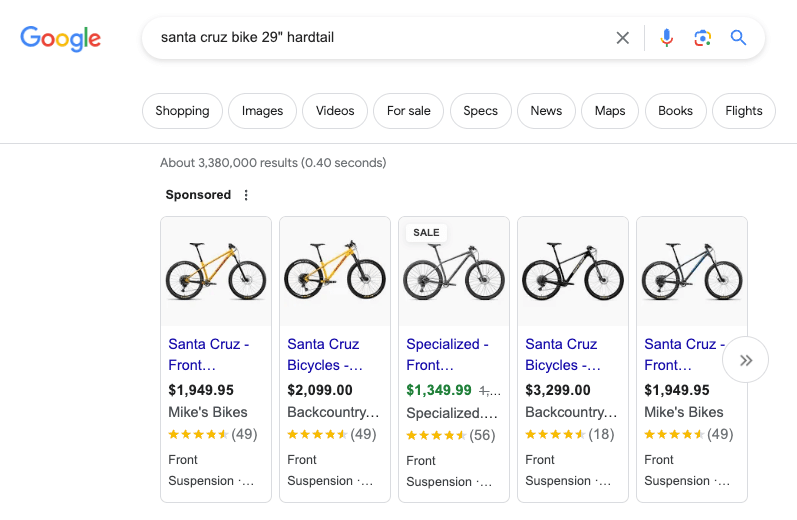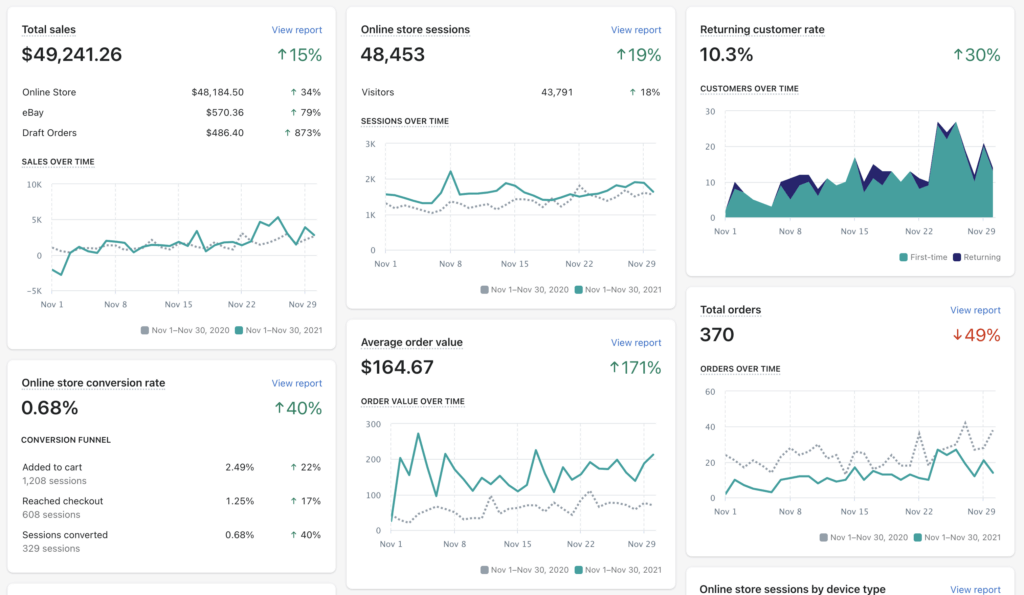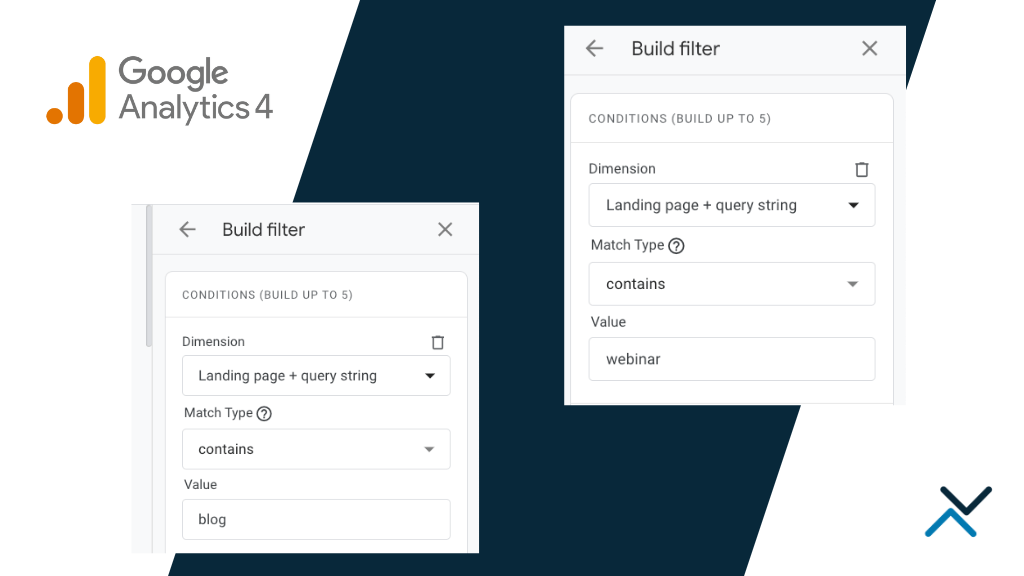In the world of e-commerce advertising, product listing ads (PLAs, Google Shopping) have taken the forefront. Displayed prominently on search engine results pages, PLAs feature product images, titles, prices and reviews, aiming to capture a searchers’ attention directly on the results page or shopping tab. However, with numerous retailers contending for visibility, the challenge lies in ensuring your PLA stands out at a return you are comfortable with. This return on ad spend (ROAS) is key to understanding and improving the performance of your ads.
Why is ROAS Important?
ROAS gauges the effectiveness of an ad campaign by comparing the revenue generated against the campaign’s cost. For digital advertisers, especially those focused on PLAs, ROAS is indispensable. This metric doesn’t just present figures; it offers insights into campaign performance and evaluates how efficiently advertising dollars are utilized.
A high ROAS indicates that your advertising investment is yielding positive results. Conversely, a low ROAS signals the need to reassess and optimize your strategy. Beyond mere numbers, ROAS aids in strategic decision-making. It directs budget allocation, helps refine campaigns and provides a foundation for scalable growth.
In essence, understanding and optimizing for ROAS is paramount in the ever-evolving digital marketing landscape. It equips advertisers with the tools to make informed decisions and maximize the returns on their investments.
Optimizing PLAs for ROAS
Navigating the competitive landscape of product listing ad campaigns is complex. With countless products clamoring for attention on search engines, distinguishing your product becomes paramount. Achieving a robust ROAS isn’t just about outbidding competitors and selling your products, it requires strategic planning and continual ongoing optimization.
Here are a few things to keep in mind to improve the ROAS of your product ad campaigns:
Optimize Product Data Feed
Your product data feed contains key elements about your product catalog and it’s the starting point being able to advertise any of your products. It’s important to keep it updated as you add or remove SKUs (ideally automatically), but you can also optimize it to stand out more in search.

- Accuracy and Clarity: Your product data feed acts as the backbone of your campaign. It’s essential to maintain accurate and clear details, including product names, categories, and attributes. Incorrect data can lead to irrelevant placements or dissatisfied customers, both of which can hurt your ROAS.
- High-Quality Images: Use high-resolution and clear images that show the product from different angles. Images have a profound impact on click-through rates; compelling visuals can significantly improve user engagement.
- Compelling Descriptions: Craft engaging and informative product descriptions. Highlight key features, benefits and unique selling propositions (USPs) to resonate with potential customers.
- Ratings: Opt in for ratings to show more information in the result page. This helps you stand out and can show searchers how they will benefit from your product.
Conduct Extensive Keyword Research
Be sure to perform extensive keyword research before adding elements to your product data feed. You’ll want to use phrases and search terms that are being used often by people looking for products like yours. For example, you can add keywords into your titles that not only describe the brand and product name, but can also include styles representing the product. For example, if you sell backpacks online, consider adding the type of material used for the backpack. This will then allow search engines to match your product information to searches like black canvas backpack.
Keep in mind:
- Competitor Analysis: Utilize tools like SEMrush or Ahrefs to monitor competitors’ keywords. Understanding the competition can help you discover gaps in your strategy and capitalize on missed opportunities.
- Stay updated: The popularity of keywords can change. Regularly update your keyword list to incorporate emerging trends and phase out declining terms.
- Diversify Keyword Strategy: Don’t put all your eggs in one basket. Balance between high-competition keywords and niche terms to maintain a steady traffic flow.
Find Gold in Long-Tail Keywords
The product data feed also lends itself to the keywords your ads match to. Unlike a traditional search ad campaign where you establish the keywords, headlines and descriptions you want to show, a PLA campaign serves ads based on your product information. If you have limited product information, you may only match to head terms. Instead, once you optimize your product feed with more information, you can then match to longer-tail search terms.

Long-tail keywords are great for:
- Higher Conversion Potential: Long-tail keywords, being specific, often attract customers closer to the point of purchase. As a result, they can offer a higher conversion rate.
- Cost-Effectiveness: Due to reduced competition, targeting long-tail keywords often comes at a lower cost-per-click (CPC), further improving your ROAS.
- Enhanced Relevance: These keywords allow you to match user intent more closely, leading to a better user experience and more qualified leads.
Negate Poor Performing Keywords
Once you launch a PLA campaign, it’s critical to monitor the search terms matching to your products. Advertising platforms like Google and Bing will try to match you to anything and everything, which is why keyword negation is important to conserving your budget and improving ROAS. Here, you’ll need to review search terms on a routine basis and negate anything that doesn’t represent your product catalog. This is one of the biggest areas where we see wasted ad spend and it can quickly take a campaign from a negative return to a positive ROAS.
- Routine Analysis: Schedule time on a weekly basis to review the search terms matching to your products. There are millions of new searches logged every day and you’ll want to stay on top of your data.
- Phrase-Match: Leverage phrase-match keyword negation to block entire phrases from matching to your products. As an example, you may want to completely negate words like “inexpensive” or “cheap” to avoid bargain-hunting searches (unless that is your business model).
- Be Mindful of Brand: You’ll want to be careful to not negate certain brand phrases from your search terms. It’s possible you don’t offer a certain brand of products in your catalog, but you could offer similar products you’ll want searchers to find.
Partition Your Products Into Groups
For e-commerce websites with large catalogs (i.e., 10,000 products or more), you can further improve the return on your ad dollars by segmenting your catalog. This segmentation allows you to partition products into groups based on similar elements. These elements could be the brand of the product, a certain style of products, certain sizes, colors and finishes, or simply a grouping of your brand’s best-selling products. By grouping specific products from your catalog, you can then bid up on them and further improve ROAS while setting lower bids for the rest of your catalog.
- Use Custom Labels: Google allows you to label aspects of your catalog for any reason you may need. Consider using custom labels for your product groupings to easily identify them in Google Ads and bid up on your top-performing products.
- Use External Sales Data: Look outside of your advertising platform to find insights about your product catalog. For example, if you have a customer service center that takes orders over the phone, ask the sales staff for a list of top sellers. You can then use this data to group key products in the product data feed.
- Prioritize Campaigns: When you partition your product catalog, you’ll have the option to set a campaign priority. Be sure to use a high priority for the product groups you’ve created, then set a lower priority for the remainder of the catalog.
Track Performance and Optimize
Finally, with all of the key pieces in place to make the most of a product listing ad campaign, it’s time to measure results and react to the data in front of you.

- Use Analytics Tools: Tools like Google Analytics can offer a goldmine of insights. Monitor metrics like click-through rate (CTR), conversion rate and average order value (AOV) to evaluate campaign health.
- Adjust Bids: Regularly review and adjust your bids based on product performance. Allocate more budget to high-performing product groupings and reduce spending on those that aren’t delivering the desired results.
- Lean Into Automation: Google offers several automated bidding strategies, including target ROAS (tROAS), to improve the performance of your campaigns over time. Be cautious of giving complete control to Google, but find areas to lean into different forms of automation.
By implementing and iterating upon these strategies, businesses can hope to elevate their product listing ad campaigns, ensuring they get the most value from their advertising dollars.
ROAS Should Be Your Primary PLA KPI
Understanding ROAS is vital for the effectiveness of your product listing ad campaigns. It helps businesses understand how their ad spend is translating into revenue. Additionally, optimizing product listing ad campaigns can be challenging. However, businesses can implement various strategies, such as optimizing product data feeds, targeting long-tail keywords, conducting thorough keyword research, negating poor-performing search terms, creating product groupings and tracking campaign performance, to achieve return goals effectively.
When it comes to a product listing ad campaign, ROAS should be the most important KPI you pay attention to. It’s one thing to bring clicks and traffic to a website, but if those clicks aren’t translating to sales at a good return for your ad dollars, you’ll be throwing money away.
Contact us if you are currently running product listing ad campaigns and struggling to see a positive return. We’ll help figure out where we can improve the data feed or campaign structure to bring you a positive return.









